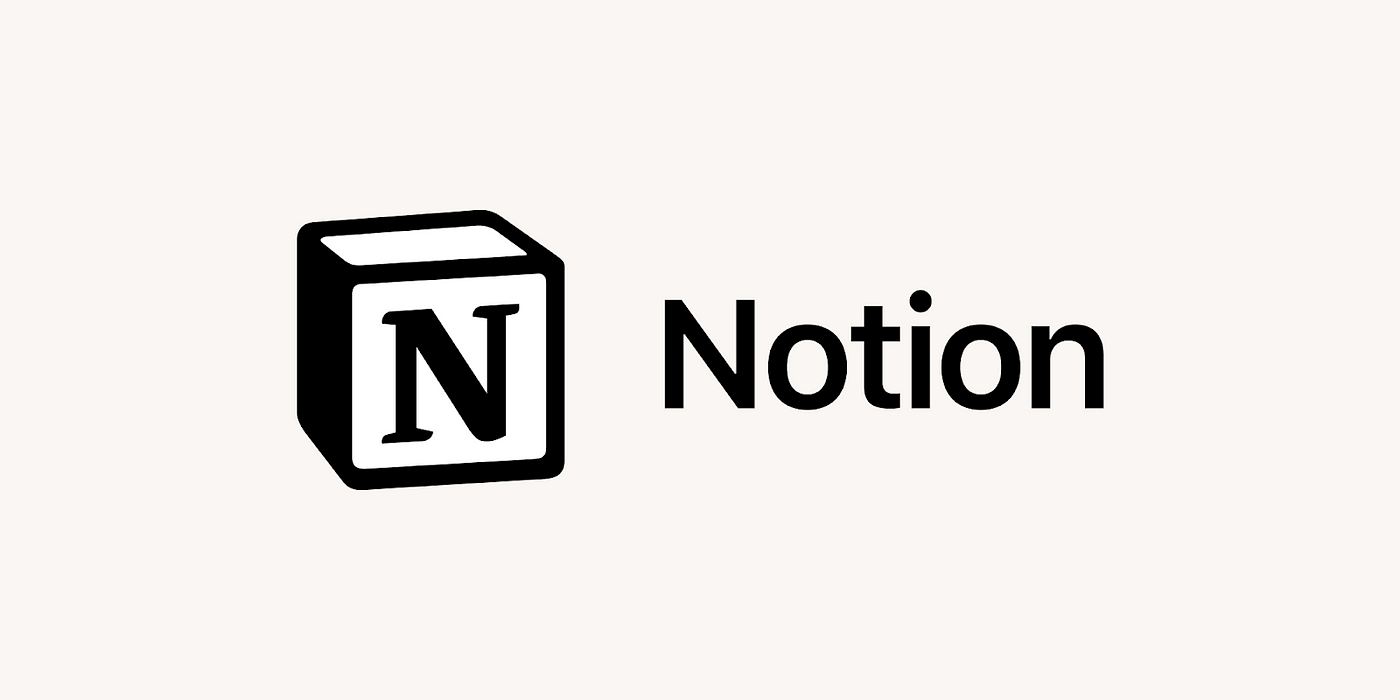In the ever-evolving world of digital productivity tools, Notion has emerged as a powerhouse, combining the functionalities of note-taking, project management, database creation, and more. Whether you’re a student, a professional, or just someone looking to organize your life, Notion offers a versatile platform that can be customized to meet your needs. This guide will walk you through the essentials of Notion, helping you to unlock its full potential and boost your productivity in 2024.
What is Notion?
Notion is an all-in-one workspace that allows users to create and manage notes, databases, tasks, calendars, and more within a single platform. Unlike other productivity tools that specialize in one function, Notion is designed to be a comprehensive solution for both personal and professional use. Its drag-and-drop interface, combined with a vast array of templates and customization options, makes it accessible to beginners while offering advanced features for power users.
Getting Started with Notion
- Creating Your Account:
- Sign up for a free account on Notion website. You can also upgrade to a paid plan for additional features, but the free version is quite robust for most users.
- After signing up, you’ll be introduced to Notion workspace with a quick tutorial.
- Understanding the Workspace:
- Notion workspace is divided into pages and blocks. Pages are like notebooks where you can store your information, and blocks are the building units within each page (text, images, databases, etc.).
- The sidebar on the left allows you to navigate between pages, access templates, and manage your workspace.
- Exploring Templates:
- Notion offers a wide range of templates that cater to different needs, from personal journaling to team project management. These templates can be customized to suit your specific requirements.
- To access templates, click on the “Templates” option in the sidebar. You can browse through categories like “Student,” “Personal,” “HR,” “Sales,” and more.
Customizing Your Notion Workspace
One of Notion strongest features is its ability to be customized. Here’s how you can tailor your workspace to match your workflow:
- Creating Pages:
- Pages in Notion can be nested within each other, allowing for hierarchical organization. For instance, you can create a main page titled “Work Projects” and nest individual projects within it.
- To create a page, click on the “+ New Page” option at the bottom of the sidebar or use the “/” command on any page.
- Using Blocks:
- Blocks are the core elements you’ll work with in Notion. You can add text, images, lists, checkboxes, embedded files, and more by typing “/” and selecting from the options.
- Blocks can be moved around easily by dragging them, allowing you to structure your content dynamically.

- Setting Up Databases:
- Databases in Notion are incredibly powerful. You can create a table, board, calendar, list, gallery, or timeline view for managing information.
- Each entry in a database can be opened as its own page, where you can add more details, attachments, and links to other pages.
- Integrating Other Tools:
- Notion supports integrations with a variety of tools like Google Drive, Slack, Trello, and more. These integrations allow you to pull in information from other platforms directly into your Notion workspace.
- To add an integration, simply paste the link into a page or use the “Embed” option under the block menu.
Notion for Personal Productivity
Notion is an excellent tool for personal organization. Here’s how you can use it to streamline your daily life:
- Task Management:
- Create a “To-Do” list page where you can add tasks with checkboxes. You can organize tasks by priority, deadline, or category.
- Use the calendar or timeline view to visualize your schedule and ensure that nothing slips through the cracks.
- Note-Taking:
- Use Notion as a digital notebook for all your ideas, meeting notes, class lectures, and more. The rich text editor allows you to format your notes, add images, and even embed videos.
- You can organize your notes by subject, date, or project to easily retrieve them later.
- Habit Tracking:
- Track your habits and goals by creating a simple table or list. Notion flexibility allows you to set up recurring tasks and reminders.
- You can also add progress bars and other visual elements to motivate you to reach your goals.
- Personal Journaling:
- Notion is a great platform for digital journaling. You can create a dedicated page for daily or weekly reflections, gratitude lists, or creative writing.
- Use the timeline view to revisit past entries and see your progress over time.
Notion for Professional Use
For professionals and teams, Notion provides robust tools for collaboration and project management:
- Project Management:
- Set up a project management system using boards (similar to Trello), where each card represents a task. You can move tasks between stages (e.g., “To-Do,” “In Progress,” “Completed”) to track progress.
- Assign tasks to team members, add due dates, and attach files or links for easy access.
- Team Collaboration:
- Notion allows real-time collaboration on pages and databases. Team members can leave comments, mention each other, and update shared documents simultaneously.
- You can control access permissions, ensuring that sensitive information is only available to the right people.
- Client Management:
- Use Notion to manage client information, contracts, and communication logs. Create a client database where you can track interactions, upcoming deadlines, and project deliverables.
- You can even share specific pages with clients, allowing them to view project progress or leave feedback directly in Notion.
- Documentation:
- Notion can serve as a central repository for company documentation, SOPs (Standard Operating Procedures), and training materials.
- Use the template feature to create standardized documents that can be easily updated and distributed.
Tips and Tricks for Using Notion Efficiently
- Shortcuts and Commands:
- Notion is packed with keyboard shortcuts that can save you time. For instance, type “/” to quickly insert a block, “Ctrl + Shift + L” to toggle dark mode, or “Cmd + K” (Mac) / “Ctrl + K” (Windows) to create a link.
- Familiarize yourself with these shortcuts to speed up your workflow.
- Use the Web Clipper:
- Notion offers a web clipper extension for browsers like Chrome and Firefox. This tool allows you to save articles, web pages, and snippets directly to your Notion workspace.
- The clipper can be particularly useful for research, allowing you to compile information from various sources in one place.
- Leverage Templates:
- While it’s great to customize your workspace, don’t forget to explore the vast library of user-generated templates available online. These can provide inspiration or a quick solution to a specific need.
- Templates can be imported into your workspace and modified to fit your preferences.
- Mobile and Desktop Apps:
- Notion mobile and desktop apps provide seamless access to your workspace on the go. Sync your information across devices to ensure you have access to your notes and tasks wherever you are.
Conclusion
Notion is more than just a productivity tool; it’s a platform that adapts to your personal and professional needs. Whether you’re looking to organize your thoughts, manage a complex project, or collaborate with a team, Notion offers the flexibility and functionality to do it all. As you become more familiar with its features, you’ll discover new ways to streamline your workflow and boost your productivity. In 2024, mastering Notion could be the key to achieving your goals with greater efficiency and ease.




